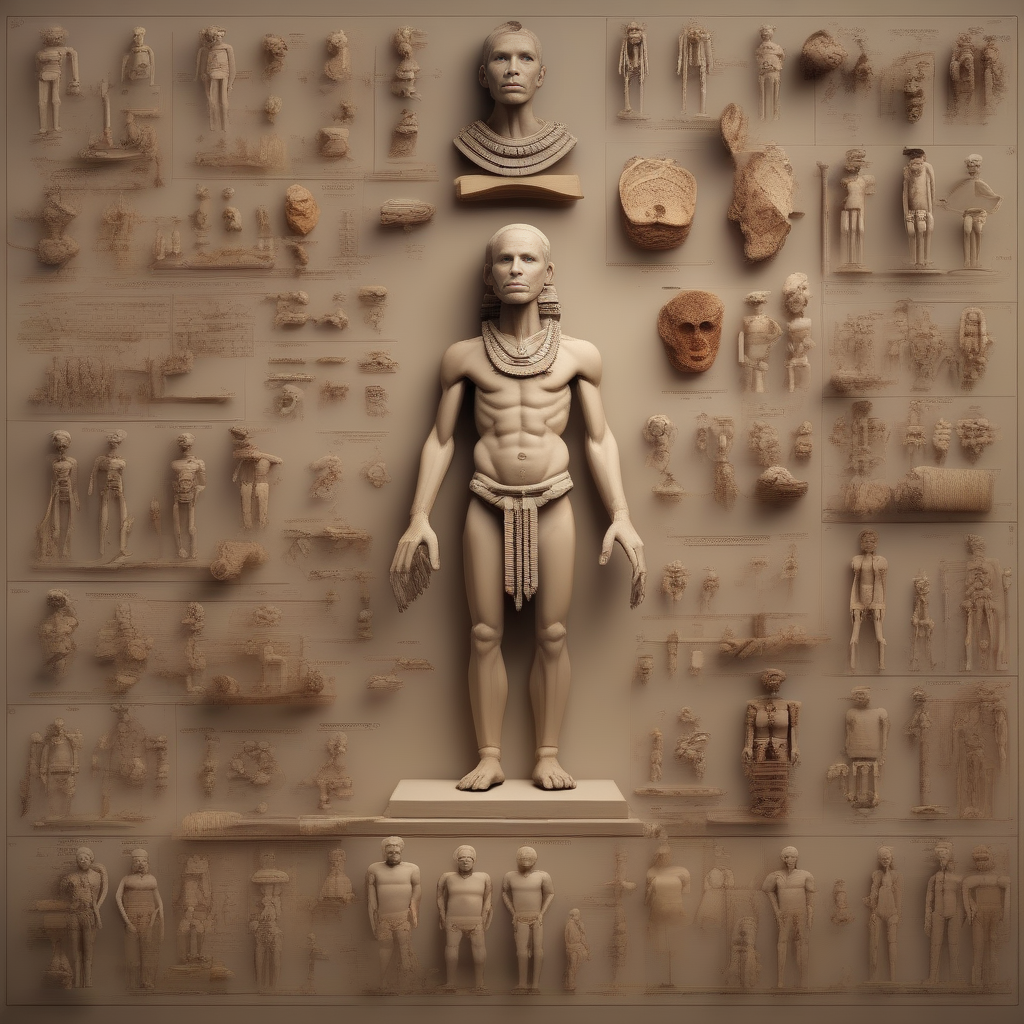Coati-mondis, also known as coatis or coatimundis, are fascinating creatures native to the Americas. They belong to the raccoon family and are recognized for their long, slender bodies and distinct snouts. Coati-mondis typically have a body length of around 33-69cm (13-27 inches) and weigh between 4-8kg (9-18 pounds). Their tails are usually longer than their bodies, measuring about 40-69cm (16-27 inches), which they use for balance and communication.
One of the most striking features of coati-mondis is their mask-like facial coloration, similar to that of raccoons. Their snouts are elongated and flexible, allowing them to dig for insects, fruits, small reptiles, and other food sources. Coatis have sharp claws on their front feet, which allows them to climb trees easily.
These highly social animals are often found in groups called bands. The bands can consist of up to 30 individuals, mainly females and their young ones, while adult males tend to lead a more solitary lifestyle. Within the band, there is a strict hierarchy, with dominant females leading and making decisions for the group. Coati-mondis are known for their excellent communication skills, using vocalizations, postures, and scent marking to convey messages.
Coatis are adaptable and can be found in a variety of habitats, including forests, grasslands, and even urban areas. They are primarily diurnal, meaning they are most active during the day. Coatis are excellent climbers and spend a significant amount of time in trees. They have a keen sense of smell, which helps them locate food and detect predators. Despite being agile climbers, they are not great swimmers and tend to avoid water bodies.
Overall, coati-mondis are intriguing animals with their vibrant appearance, social behaviors, and remarkable adaptation skills. They play important roles in their ecosystems by dispersing seeds and
